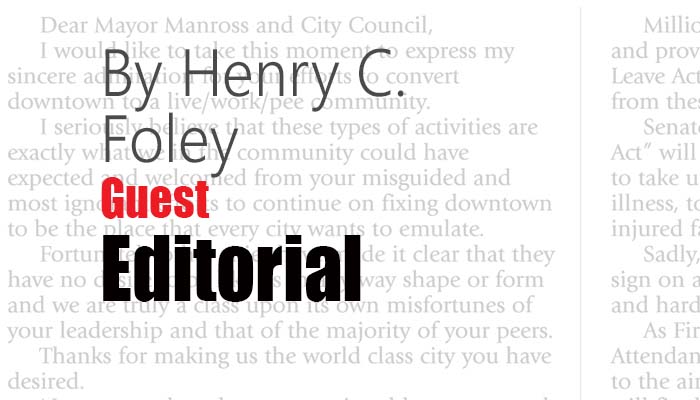Attorney General Jeff Sessions recently proclaimed that undocumented immigrants in Arizona were more likely to go to jail than U.S. citizens. His source was a study by the Crime Prevention Research Center.
But there was a problem. That study had a fatal flaw that undermined its conclusion.
This isn’t the only example of an analysis gone awry. In fact, faulty research is common.
Faulty science has dire ramifications. Every year, our nation funnels billions of dollars into research that is then used to make crucial policy decisions. Science must give us facts, not false impressions.
That’s where the emerging information technology known as blockchain could come to the rescue.
Roughly 2.5 million studies relaying innovative discoveries and solutions are published every year. These analyses are backed by huge investments. The National Institutes of Health alone invests over $32 billion annually in studies conducted at universities and research institutes worldwide.
But those studies can rarely be authenticated. Over two-thirds of scientists who have tried to replicate the results of other experiments have been unable to do so. So, if a research paper incorrectly classifies data, makes an error, or reaches biased conclusions, there’s no obvious method to correct that mistake.
Researchers themselves admit that the results of many studies are unreliable.
Take the words of Richard Horton, editor-in-chief of The Lancet, one of the world’s most renowned medical journals. Horton acknowledged that up to half of all published scientific work could be wrong.
This has terrifying real-world implications. Consider cancer research. In 2012, researchers evaluated 53 renowned cancer studies that had been published in top-tier journals. In the end, only six of them could actually be replicated.
That’s scary. Four in ten Americans will develop cancer in their lifetimes. Researchers need to be able to identify correct science as they search for cures.
Scientists can share data prior to the publication of their studies — but have few venues and little incentive to do so. Blockchain would make sharing and certifying information much easier — and render it nearly impossible to alter data.
Blockchain offers a secure chain of data in a “peer-to-peer” network. Any member of the network can access this data and use the blockchain to exchange information. When a “block” — a unique set of data — has been added, everyone with access to that chain can see it.
Blockchain network would revolutionize research. Rather than release a data set upon publication of a scientific article, researchers could upload their data the moment they collect it. A timestamp on the data would mark it as their own, preventing others from stealing it — and settling any argument over who made the discovery first.
All-in-all, blockchain would enable us to track records, verify data, and replicate results.
That’s better than our current system. Now, some experts briefly read the study, make suggestions, and recommend whether it should be published. With blockchain, the entire scientific process would be transparent.
Researchers may not embrace blockchain on their own immediately. But if funding groups, especially the NIH, insist on the use of blockchain as a prerequisite for research funding, scientists would come to accept it.
And down the road, as blockchain becomes more widely accepted as the first-rate credibility standard, researchers could bypass the publisher middle-man and post results online directly — enabling scientists to share information more quickly.
Science is full of faulty practices. Blockchain can make sure facts are facts.
Foley is president of New York Institute of Technology.





